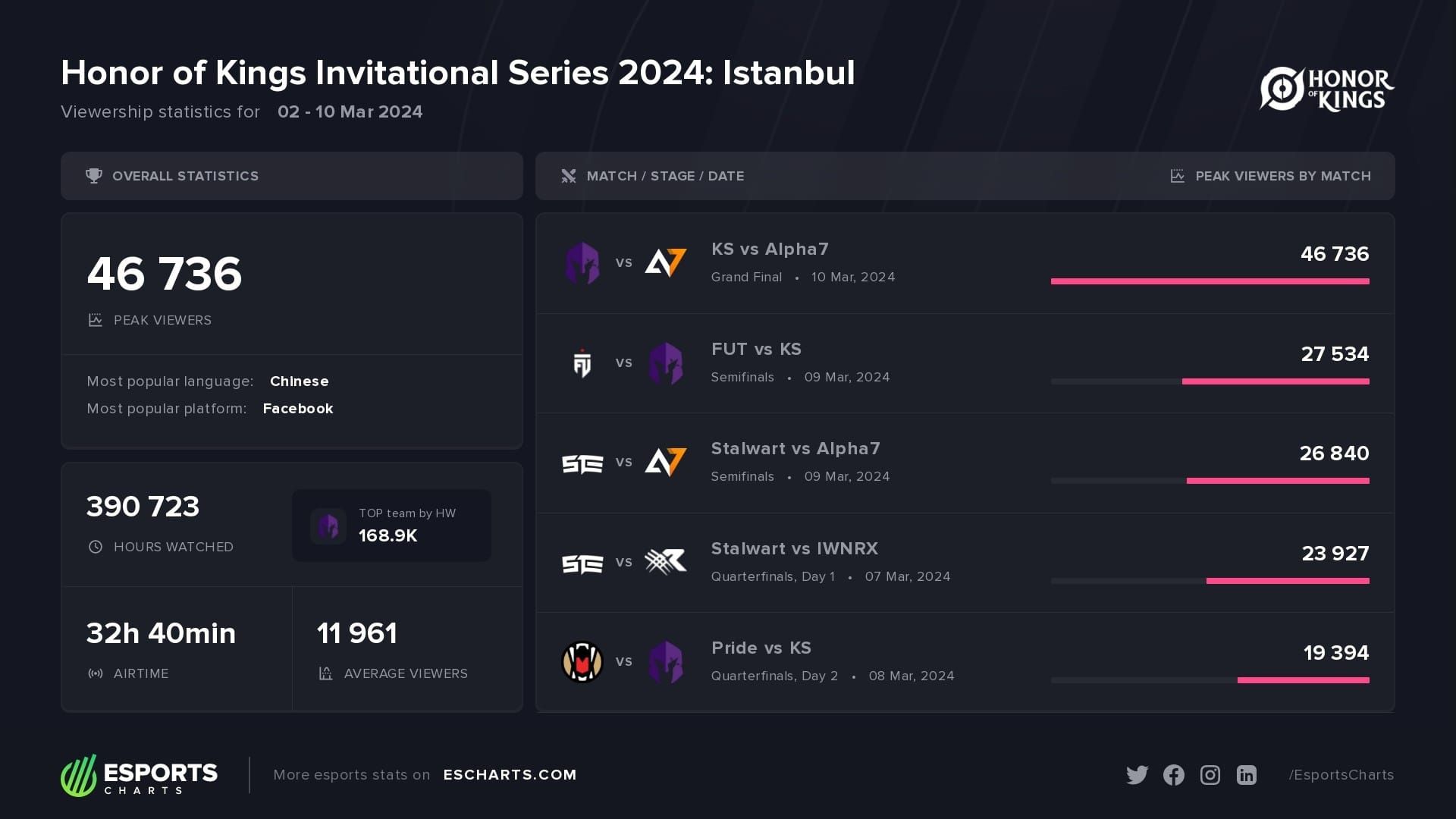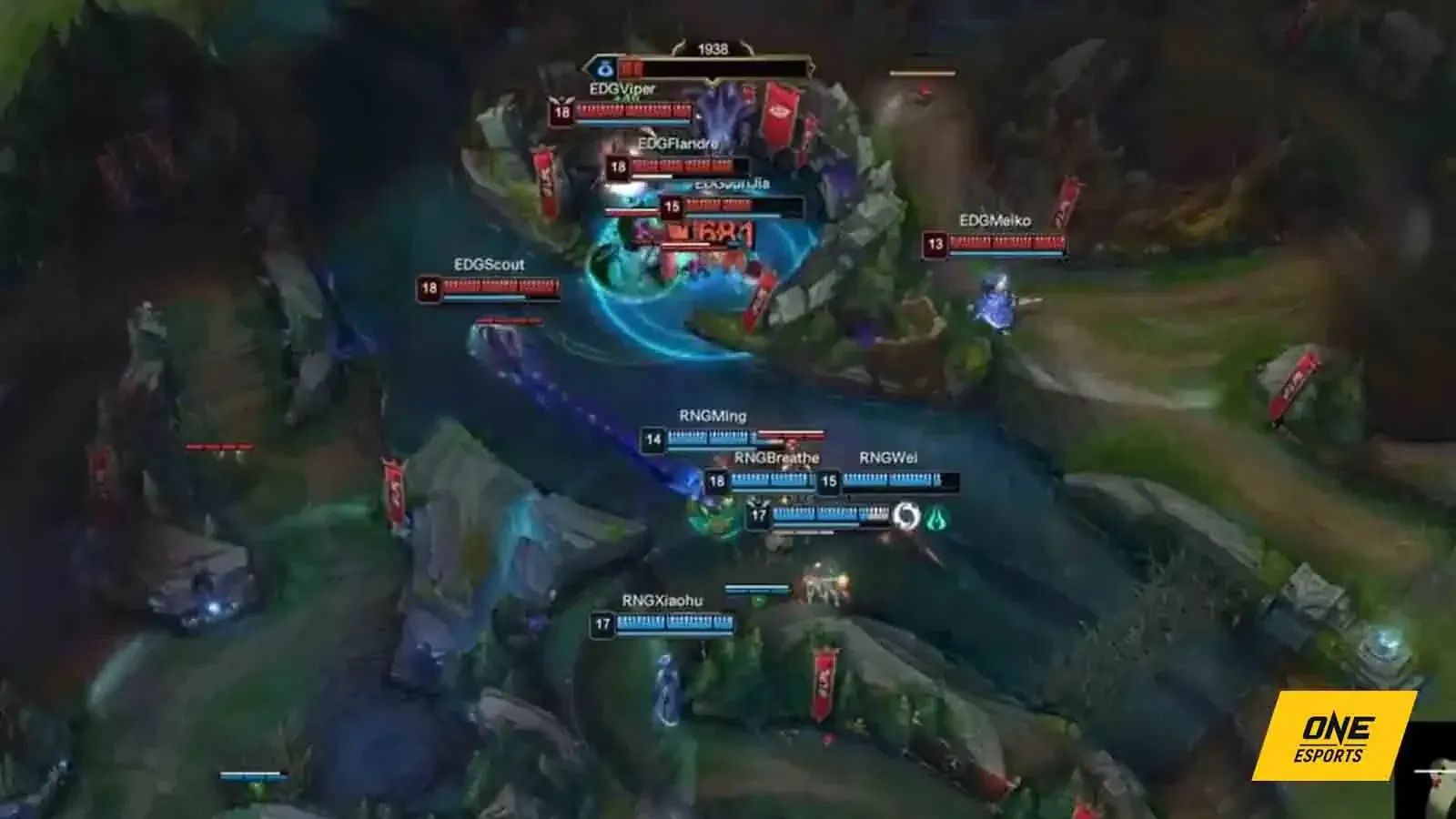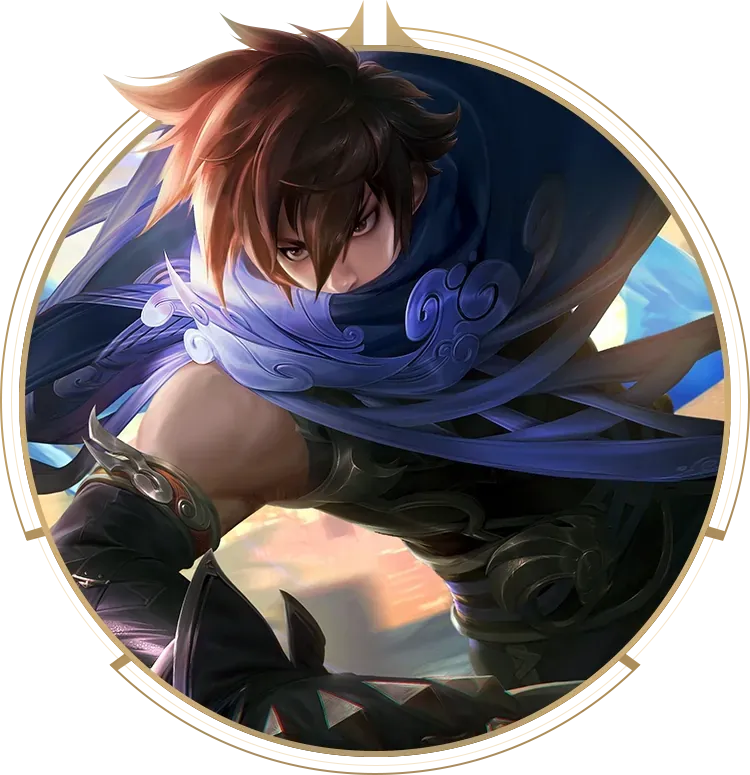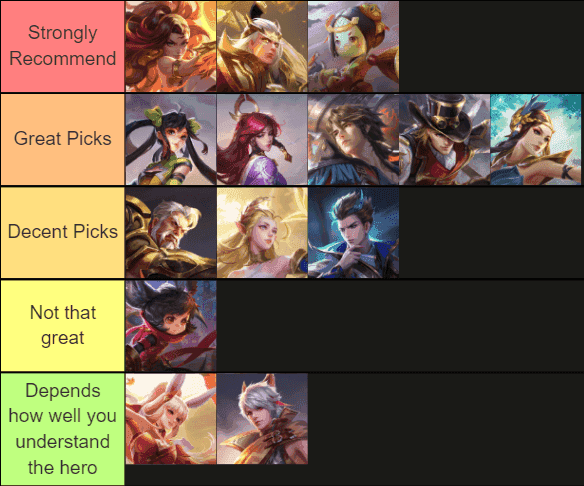The numbers are staggering, honestly. Honor of Kings World Cup 2025 didn't just break records—it obliterated them. 58 million people watching the finals simultaneously? That's more than the Super Bowl. Running from September 15 to October 24 in Shanghai, this $10 million tournament delivered 64 matches across 16 teams from 8 regions, with Wolves Esports finally claiming their crown in a nail-biting 4-2 victory over Dynasty. The kicker? 4.2 billion total viewing hours—a 35% jump from last year that's got everyone in the industry scrambling to understand what just happened.
What Made This Tournament So Special
Six weeks in Shanghai. That's what it took to crown a champion.
The Honor of Kings World Cup 2025 ran from September 15-24, and let me tell you—those 64 matches felt like a masterclass in competitive evolution. Group stages wrapped up by September 30th, but the real magic happened during playoffs when teams threw caution to the wind and embraced pure aggression.

The $10 million prize pool wasn't just for show, either. Sixteen teams from eight regions battled it out, though China's dominance was... well, dominant. They walked away with 78% of the total prizes—that's $7.8 million for those keeping track at home.
For players wanting to elevate their own game with premium content, top up Honor of Kings Tokens global through BitTopup's platform. Their secure system and instant delivery make it painless to grab those exclusive items that can give you an edge.
The Numbers That Changed Everything
58 million concurrent viewers during finals. Let that sink in.

I've been covering esports for years, and I've never seen anything quite like this. The 4.2 billion total viewing hours represent a 35% increase from 2024—and that's not just growth, that's an explosion. The regional breakdown tells its own story: China dominated with 65% of viewership, Southeast Asia grabbed 18%, Korea took 8%, and the remaining 9% came from global markets that are just starting to wake up to what Honor of Kings offers.
The production team didn't mess around either. That $50 million budget? It showed. 4K streaming, augmented reality player introductions, live statistics in 15 languages simultaneously. This wasn't just a tournament—it was a statement.
Moments That Defined Champions
Shadow's triple Baron steal in Game 5 of the quarterfinals.

If you missed it, you missed esports history. Down 10,000 gold with their backs against the wall, Wolves Esports looked finished. Then Shadow happened. Three consecutive Baron steals that turned certain defeat into championship momentum. That's the kind of play that separates good players from legends.
But Phoenix wasn't about to be outdone. His 1v5 pentakill using Daji in finals Game 2? Pure poetry. The guy finished the tournament with a 7.9 KDA and 82% kill participation—numbers that make other pros weep into their energy drinks.
Then there's Nova. Seventeen years old. Leading Southeast Asia to the semifinals with innovative Charlotte strategies that had analysts scrambling to understand the meta shifts. Kid earned that Rising Star award and then some.
When Talent Meets Execution
Wolves Esports didn't just win—they dominated through calculated aggression.
Shadow's tournament MVP performance speaks for itself: 8.7 KDA on Lam with 78% kill participation. But here's what the stats don't show—his ability to read team fights three moves ahead. Angel complemented this perfectly, earning Best Support recognition with a 6.2 KDA on Yaria. That 87% tournament presence and 70%+ win synergy with Loong marksman picks? That's not luck, that's mastery.

Looking to optimize your own competitive play? Buy HoK Tokens cheap from BitTopup's reliable platform. Secure transactions, competitive rates, and customer support that actually helps—everything you need for seamless gaming enhancement.
China's regional dominance was expected (6 of 8 playoff teams), but Southeast Asia's semifinal breakthrough caught everyone off guard. Korea showed their trademark mechanical skill, though they'll need strategic evolution for future competitions.
The Meta Revolution Nobody Saw Coming
Rush Down compositions went from balanced to broken in the span of two weeks.
Group stages? 50% win rate. Playoffs? 68% win rate. Teams figured out that patience was overrated, and the results were spectacular. Lam became the tournament's most feared pick with a 98% pick/ban rate and 67% win rate—jumping from 67% group presence to complete playoff dominance.

Loong established marksman supremacy with 96% draft presence and 71% win rate. That Infinite Vastness ultimate providing 4.5 seconds of untargetable flight? Game-changing doesn't begin to cover it.
Then came Patch 1.10.5 on October 16th. Mid-tournament balance changes always create chaos, and this was no exception. Charlotte movement speed buffs, Zhou Yu AoE damage increases, Sun Shangxiang ultimate scaling dropped from 200% to 180%, and Athena CC duration cut from 2.5s to 1.8s. Teams had days to adapt. Some thrived, others crumbled.
Production Value That Set New Standards
$50 million buys a lot of polish, and it showed.
4K streaming quality made every team fight feel cinematic. AR player introductions gave each match the weight it deserved. Real-time statistics across 15 language broadcasts meant global audiences could follow the action without missing nuance. The interactive elements—prediction systems, exclusive drops, live polls—created an immersive experience that kept viewers glued to their screens.
18,000+ spectators packed Shanghai Oriental Sports Center for the grand finals, and the energy was electric. You could feel it through the broadcast.
Regional Power Dynamics
China's 75% playoff representation and 78% prize distribution wasn't surprising—their infrastructure advantages run deep. What caught my attention was Southeast Asia's semifinal placement. That's not a fluke; that's foundation-building for sustained growth.
The strategic differences were fascinating too. Asian teams gravitated toward mechanical heroes like Li Xin and Mai Shiranui (80.9% ban rate for Mai), while Western teams prioritized coordination-focused strategies. Different philosophies, similar results—until the playoffs separated pretenders from contenders.
Ripple Effects Across the Competitive Landscape
Tournament success creates immediate meta shifts, and this was no exception.
Ranked play saw Lam bans increase 40% overnight. Charlotte picks surged as players tried to replicate Nova's innovations. The professional scene is expanding rapidly—increased sponsorship interest, new organizational entries, and infrastructure investments that suggest this growth is sustainable.
KWC 2026 is already confirmed: $15 million prize pool (50% increase), 24 teams with new LATAM and Middle East/Africa slots, eight-week duration, and Seoul, Korea hosting the finals. The momentum is building.
Cultural Impact Beyond Gaming
Social media engagement reached levels that surprised even industry veterans.
VOD analysis became mainstream content as players dissected every team fight, every rotation, every draft decision. Major sports networks provided dedicated tournament coverage—something unthinkable just a few years ago. The narratives resonated: Nova's breakthrough performance, Shadow's championship redemption after a three-year drought, Phoenix's mechanical mastery.
This wasn't just a tournament. It was a cultural moment.
FAQ
What viewership records did Honor of Kings World Cup 2025 actually break? The tournament hit 58 million peak concurrent viewers during the finals and generated 4.2 billion total viewing hours—a massive 35% increase from 2024's already impressive numbers.
Which teams and players dominated the competition? Wolves Esports took the championship 4-2 over Dynasty, with MVP Shadow posting an incredible 8.7 KDA on Lam. Phoenix dominated with 7.9 KDA on Daji, while 17-year-old Nova earned Rising Star recognition for his breakthrough performance.
What heroes and strategies ruled the meta? Lam was absolutely broken with 98% pick/ban rate and 67% win rate. Loong achieved 96% presence and 71% win rate. Rush Down compositions jumped to 68% win rate in playoffs—a complete meta shift from group stages.
How did different regions stack up against each other? China dominated as expected with 75% of playoff teams and 78% of prize money ($7.8M out of $10M). Southeast Asia's semifinal breakthrough was the real story, establishing them as a region to watch.
What made the broadcasting and production so successful? That $50 million production budget delivered 4K streaming, AR player introductions, live statistics in 15 languages, and interactive community features that kept viewers engaged throughout the six-week tournament.
How will this impact future Honor of Kings esports? KWC 2026 is expanding to $15 million prize pool with 24 teams, including new regions like LATAM and Middle East/Africa. The infrastructure investments and sponsorship interest suggest this growth trajectory is sustainable.

